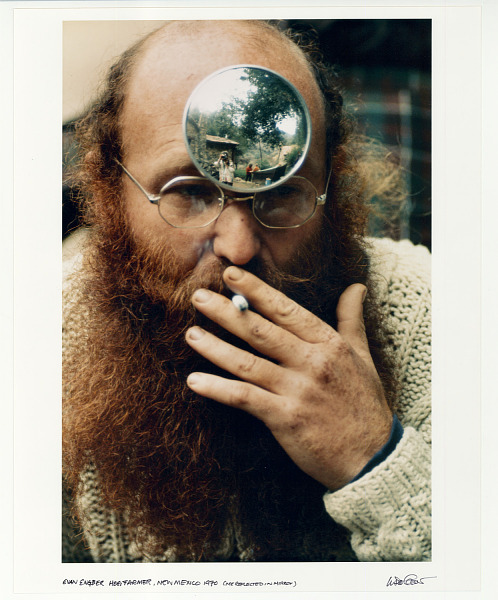Never let a name fool you: Yvette Mimieux.
The ooo-la-la French seductress thing was all the rage in the early 1960s cinema and TV. After WWII, French culture spilled across the Atlantic and wormed into American culture.
French plus female, along with even a minimal degree of attractiveness, propelled a woman into the hearts, minds, and below-the-belt-areas of most U.S. men. Brigitte Bardot, Jeanne Moreau, and Catherine Deneuve were authentic French actresses with talent.
And then we have Yvette Mimieux, who I’ve always assumed to be part of that wave.
The woman behind this ultra-swanky French seductress name was born and raised in none other than Los Angeles. Yvette made the usual local beauty queen circuit rounds (Miss Harbor Day, 1957) before being noticed by talent agent Jim Byron.
Much like another criminally unused actress, the lovely and talented Nancy Kovack–patron saint of this blog–Mimieux got out of the business by marrying well.
Mimieux had a curious marriage history.
Mimieux’s first marriage was to director Stanley Donen, director of Singin’ in the Rain, On the Town, Charade, The Pajama Game. Mimieux and Donen were married for 13 years.
Second, Mimieux married Howard Ruby, the marriage that would last until her death. Ruby is the owner of Oakwood Worldwide, “the largest global provider of temporary furnished apartments,” per Ruby’s personal website. Ruby is routinely called “the man who invented corporate housing.”
Clearly, Mimieux’s life changed. After 1986, her IMDb dries up to almost nothing: the classic sign of a well-married actress in those days.
But wait. Wasn’t there an earlier marriage before her marriage to Donen? Yes. Mimieux’s first marriage was to Evan Engber, and this marriage would last just a couple of years.
Far from fading into obscurity, Enger is a name in his own right.
Engber was the cool, ultra-connected guy to know throughout the Sixties. Engber is one of those Zelig-like figures whose name pops up in the strangest of places. His name comes up frequently in relation to the Merry Pranksters.
Engber even appears in the personal history of Rue McClanahan–yes, Rue McClanahan of Golden Girls–since Engber was a friend of Norman Hartweg, McClanahan’s husband at the time, another Prankster affiliate.
Evan Engber has led BioEngineering Associates, Inc. for over three decades. Bioengineering is the practice of building ”stabilizing structures whose primary components are living plants,” according to the company site.
It’s interesting to speculate on an alternate history where Evan Engber and Yvette Mimieux remained married. Yvette Mimieux might have peeled off in a Jaharana Romney (Bonnie Beecher) direction.
We might have pictures of Mimieux kayaking the South Fork Coquille River in Oregon with Enger instead of attending swanky charity balls with Howard Ruby.
Or maybe not.
Engber is definitely still around. His son, Eamon Engber, is a Research Associate at Humboldt State University.
You might even run into Engber in Laytonville, near Ft. Bragg, California, for one of the annual Hog Farm and Friends gatherings of “community and connections.”
